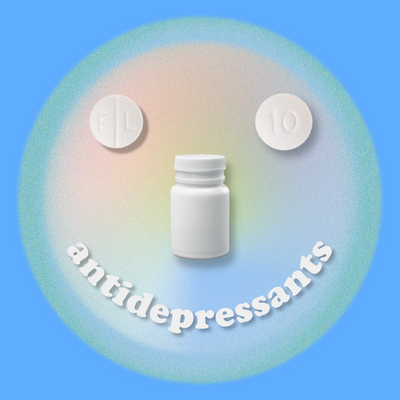
Sex. You think about it. We think about it. We all obsess over it. It’s a part of our identity, culture and self-esteem. But when it comes to guys – especially young guys – why aren’t there more resources out there? Where do we turn to when we want to learn about our own bodies, safety and pleasure? Introducing our first-ever Sex Week, a week-long celebration on everything and anything sex. We’ll talk about different perspectives, what sex means to guys and why we don’t talk about it more. It’s all confusing, yes. So let’s talk about it more and normalize the conversation.

Despite the fact that teens and young adults make up only 27% of the sexually active population, those under 25 account for 50% of the STIs in the U.S.
That’s half the STIs from less than one third of people having sex. I’m not a math expert, but those numbers don’t look good. The disproportionate amount of STIs reflects the fact that teens are actually getting less sex education in schools than they did 10 years ago. Because of this, teens may not be getting adequate information on the subject and could be too scared to ask for info elsewhere.
While we are 100% behind getting rid of the stigma surrounding STIs, we are also advocates of protecting your self and all your partners from the spread of infection. While many STIs have no symptoms, others can lead to long term health issues so it is crucial to be cautious.
What is an STI?
According to the Center of Disease Control, an STI is a sexually transmitted infection, also referred to as STDs, or sexually transmitted diseases. STIs include herpes, chlamydia, HIV and gonorrhea among others. STIs are transmitted through oral, anal and vaginal sex, as well as skin to skin contact. Some STIs can lead to long term health issues such as cancer, HIV, or issues with fertility in women.
Why are young people so at risk?
We spoke to Durex about why young people are so much more at risk. One reason is because they are not being tested enough. Young people are nervous about being open with their doctors or their parents and therefore will be reluctant to get tested. A lack of transportation and insurance is also an issue for those who want to keep their sex lives secret from their parents. Teens are also more likely to have multiple partners, which encourages STIs to spread if they go untreated. Condom use among high schoolers is at a decline nationally, which also increases the risk of STIs.
How do I know if I have one?
The recent increase in STIs can be blamed on the fact that people often do not know they have one as many don’t show any symptoms, especially in men. According to Durex, of the 570,000 estimated total new infections of gonorrhea, only 200,000 are diagnosed or reported. That being said, it is crucial to get tested regularly, especially if you are not in a monogamous relationship in order to protect yourself and prevent the STI from spreading to your partners. Symptoms vary depending on the STI if you experience sores on your genitals or mouth, nausea, or painful urination it would be a good idea to contact your doctor and get tested.
What do I do if have one?
If you test positive for an STI, first of all remain calm. There is a huge stigma attached to STIs, however according to the American Health Association, 1 in 2 sexually active people under 25 in the US will get one, so there is no need to feel alone or ashamed. For STIs such as chlamydia and gonorrhea your doctor will prescribe medication to cure the infection, while others such as Herpes will not be cured but you can take medication to manage the symptoms. It is important to talk to your previous or current partners so they can get tested as well, and refrain from having sex until you have been treated.
How do I protect myself/ my partners?
There are really two ways to best protect yourself and any partners from STIs. Planned Parenthood suggests being tested regularly, especially after having sex with a new partner. Many STIs don’t have symptoms, so it is important to get tested to ensure you don’t pass it on. You can locate where you can be tested for STIs here. Secondly, use a condom to protect yourself and prevent the spreading of STDs, even if you aren’t worried about preventing pregnancy. The only way to be 100% protected is to abstain from sex at all, but if you get tested frequently, use protection and keep an open dialogue with your partners, your risk of being infected is drastically reduced.
For more information see the CDC website or Planned Parenthood.






